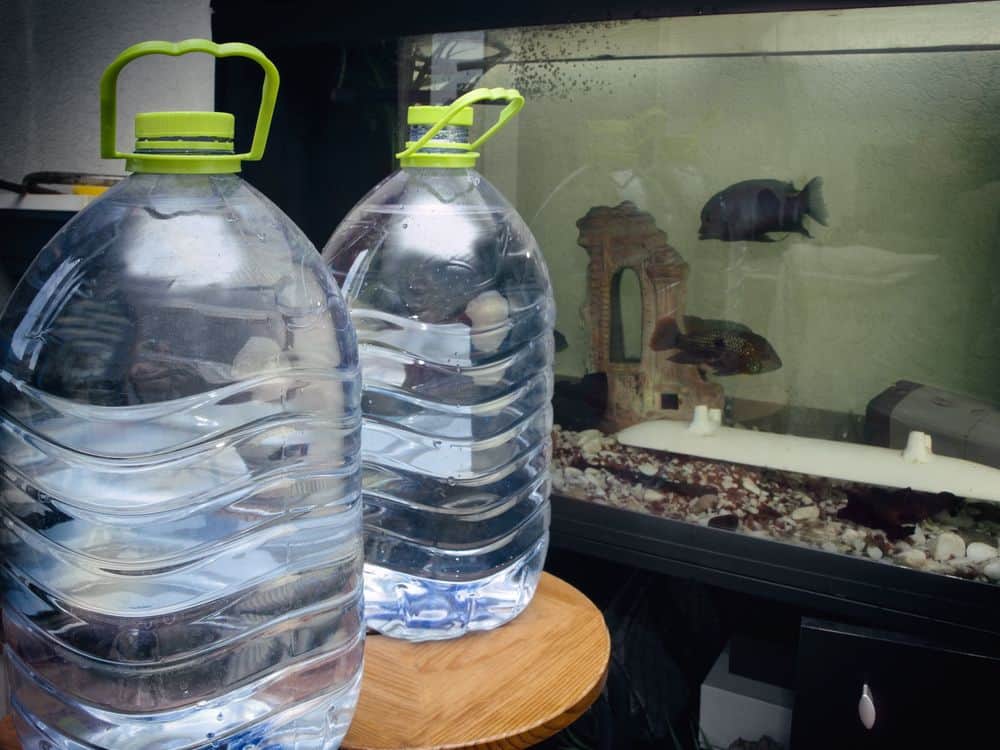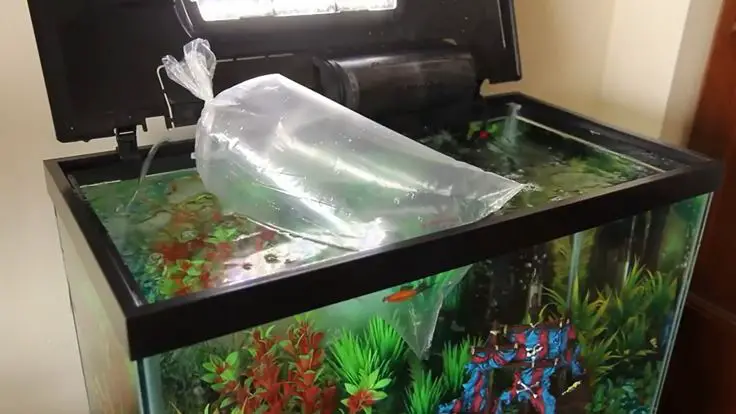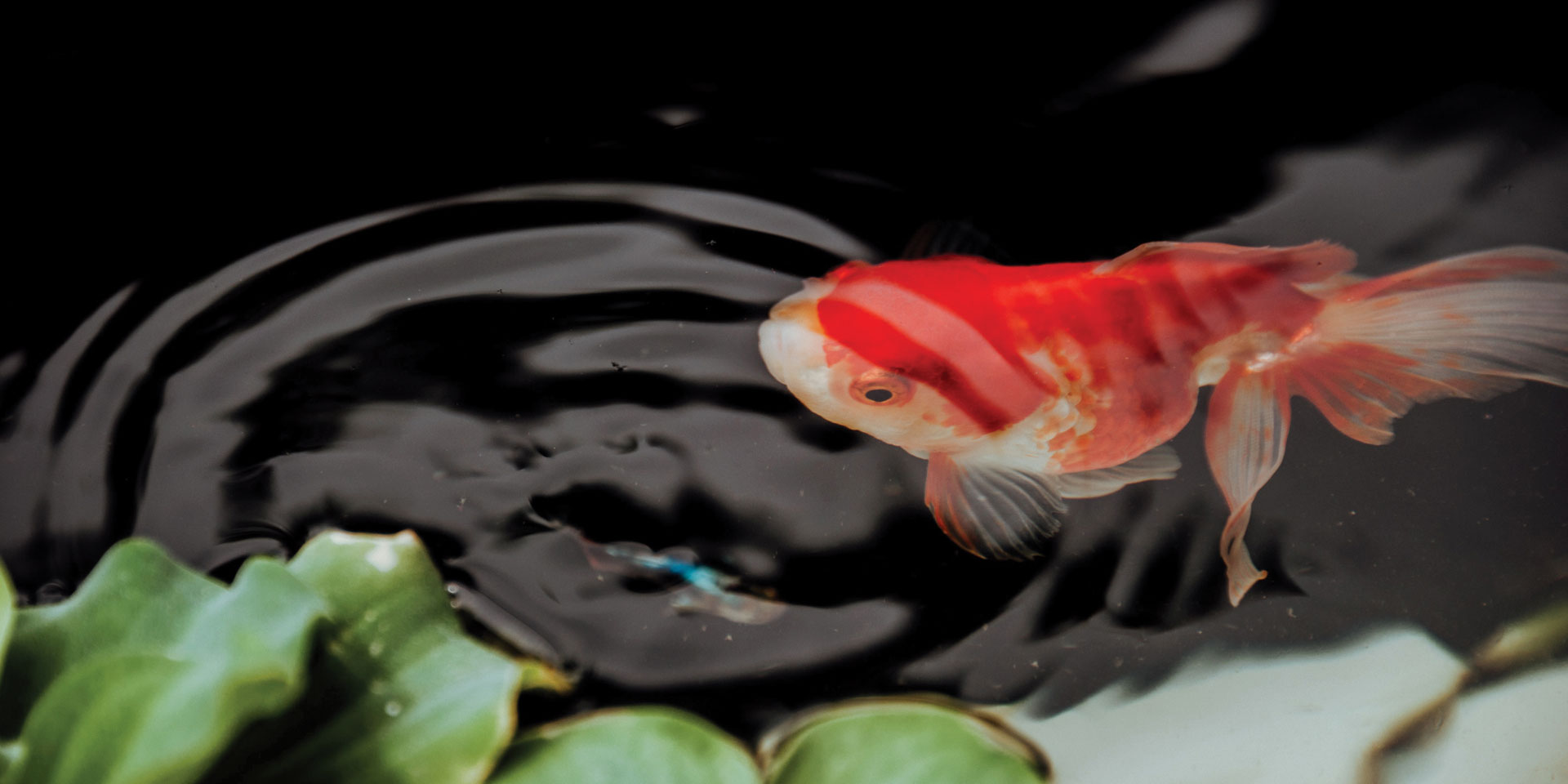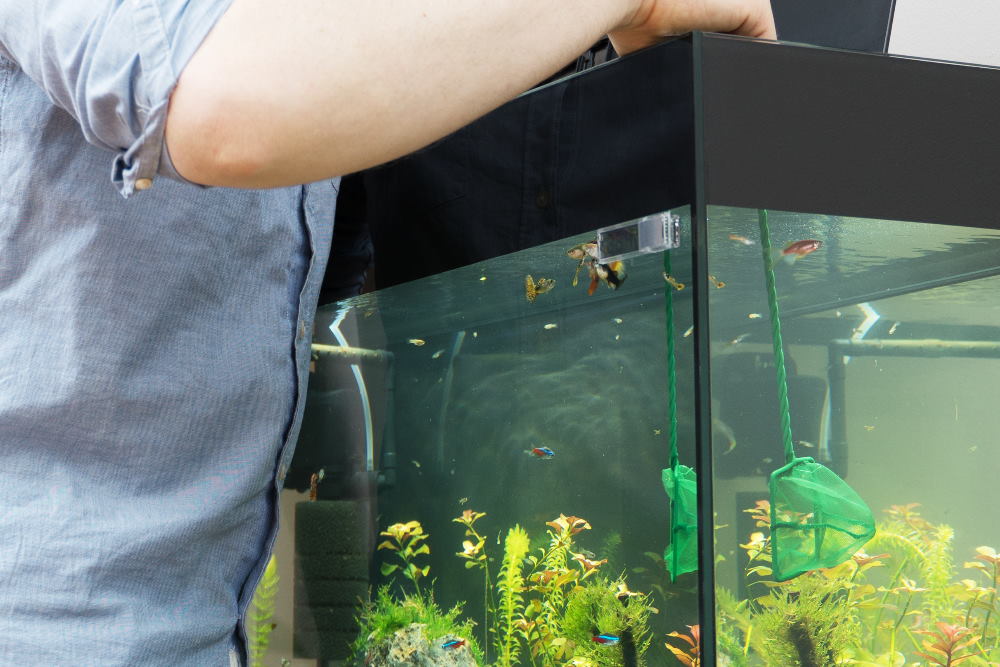How To Remove Chlorine From Water For Fish At Home

Fortunately its extremely simple.
How to remove chlorine from water for fish at home. However chlorine toxicity in fish is a common yet avoidable occurrence. Chlorine is well identified by the smell of the water and its characteristic taste. Heating up water to a boil will speed up the chlorine removal process.
Drinking water filtered through this system has been tested in a lab showing the filters remove all chlorine that was previously present in the drinking water. When looking at how to remove chlorine from water for a fish tank we feel that the quickest and easiest method is to use Seachem Prime. Off-gassing Chlorine Leaving water in an open container for chlorine to escape.
They use a carbon filter to remove the chlorine from the water coming through your hosepipe before it enters the pond. Chlorine can be removed from tap water by either leaving the water open to the air for a period of time or by introducing air bubbles via an air pump and air stone which will accelerate the dechlorinating process. A simple solution is to mechanically remove chlorine from the tap water with an in-line dechlorinator.
Overnight to drive off the chlorine as gas. Chlorine is used to disinfect water kill bacteria and parasites to remove bad odors and to make it consumable for humans. Use of aeration to remove chlorine-based disinfectants edit edit source Some aquarists vigorously aerate tap water eg.
You can remove chlorine from water without chemicals by using any of the following methods. A relatively new technology for dechlorniation is ultraviolet light photolysis in which high-energy photons break molecular bonds. Ultraviolet light water circulation and aeration will speed up the evaporation process dramatically.
Im curious to learn if there is something better or a different way people. Stripping with fresh air Off-gassing boiling charcoal filtration using an air-stone and Reverse osmosis. Most people find the bleach-like taste of chlorine and its smell to be unpleasant and too much of it in your water can be harmful.



















